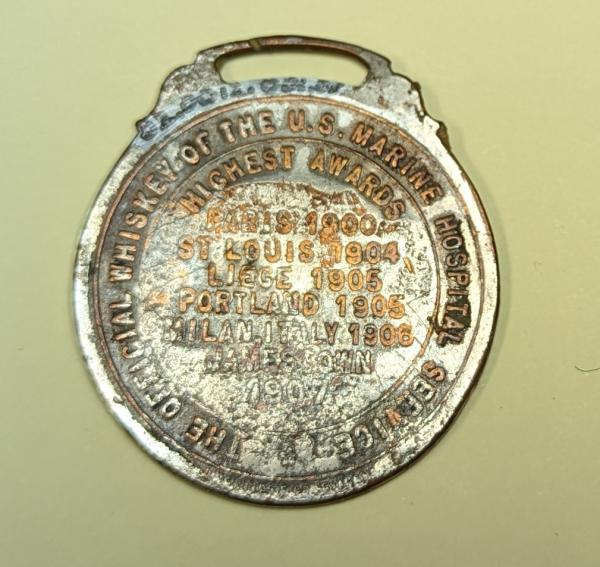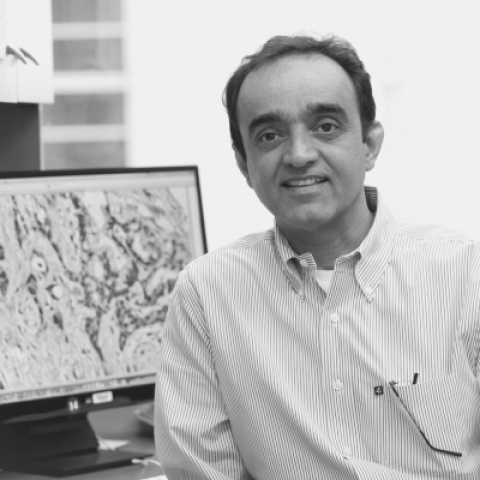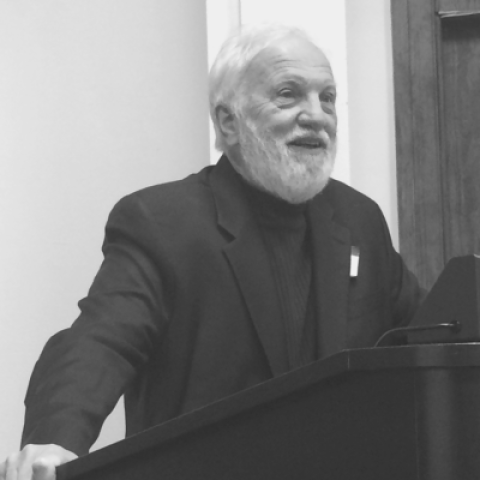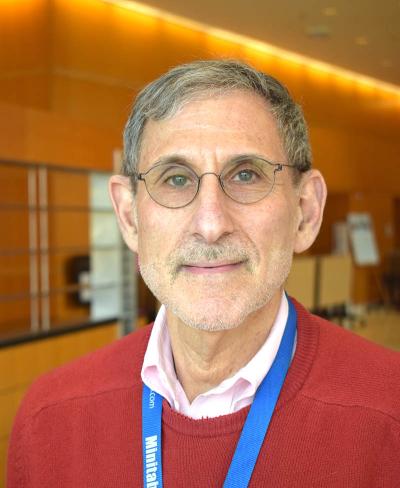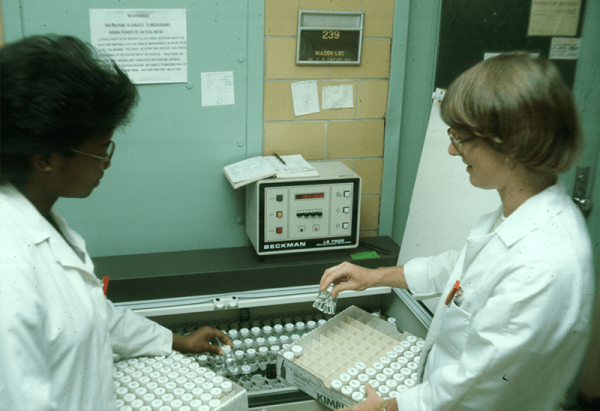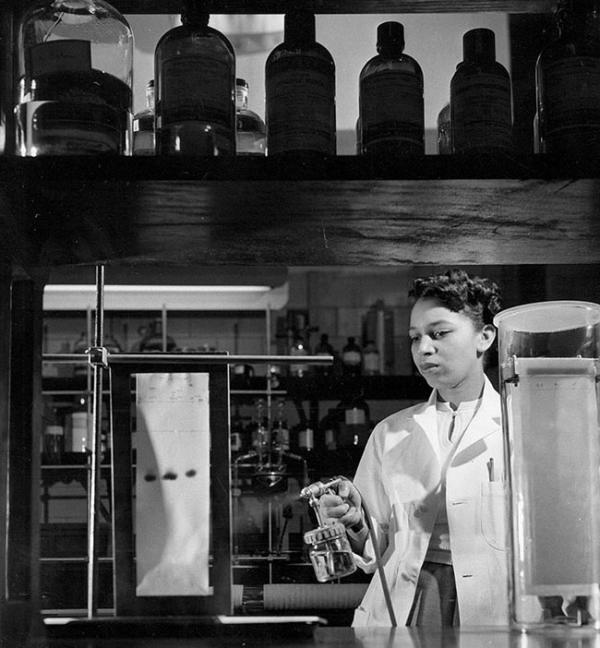NIH Mourns the Passing of John Gallin
NIH Director Monica M. Bertagnolli, M.D., offered the following tribute to Dr. John I. Gallin, M.D., upon hearing of his passing on Thursday, October 10, 2024.
It is with a heavy heart that I share that John I. Gallin, M.D., the 10th and longest-serving director of the NIH Clinical Center, died at his home today of multiple myeloma at the age of 81 with his wife Elaine Gallin, Ph.D., by his side.
John’s illustrious career at NIH spanned more than 50 years, but he will be most remembered for leading NIH’s research hospital for 23 years from 1994-2017. He often said that his time at the NIH Clinical Center, which he referred to as the “House of Hope,” was his most special because of the hospital’s partnership with patients to improve health through clinical research. He developed the hospital’s research portfolio, created the Patient Advisory Group, established the Department of Bioethics, and was instrumental in the creation of the Edmond J. Safra Family Lodge for adult patients and their families, a complement to The Children’s Inn. He also led efforts to build the addition to the hospital, the Mark O. Hatfield Clinical Research Center, which opened to patients in 2005. He started the Bench-to-Bedside Awards to integrate the work of basic and clinical investigators. His years of work led to the NIH Clinical Center receiving the 2011 Lasker-Bloomberg Public Service Award.




